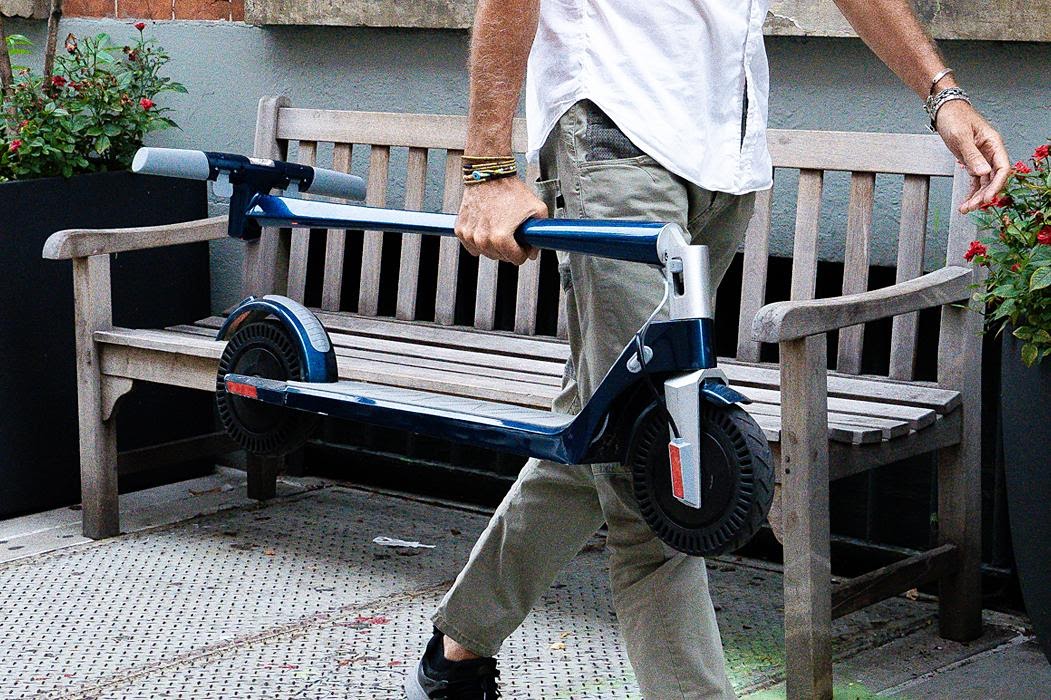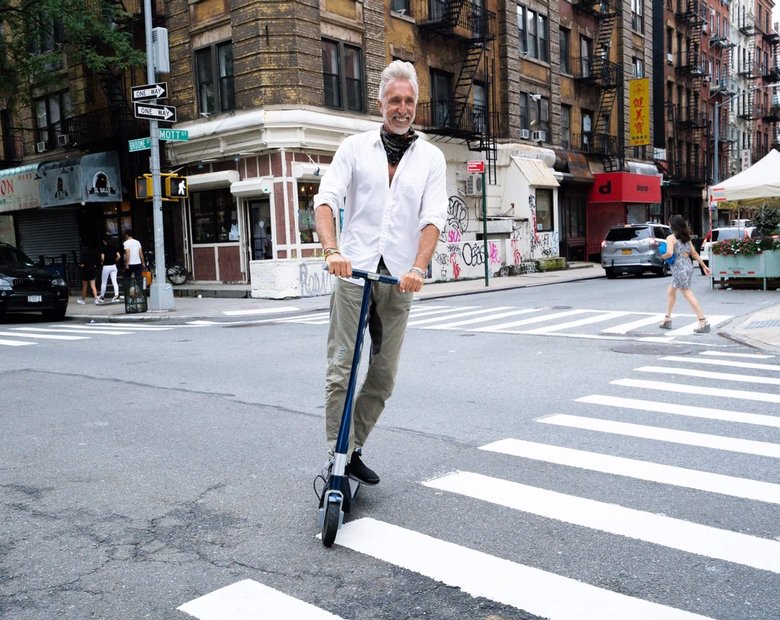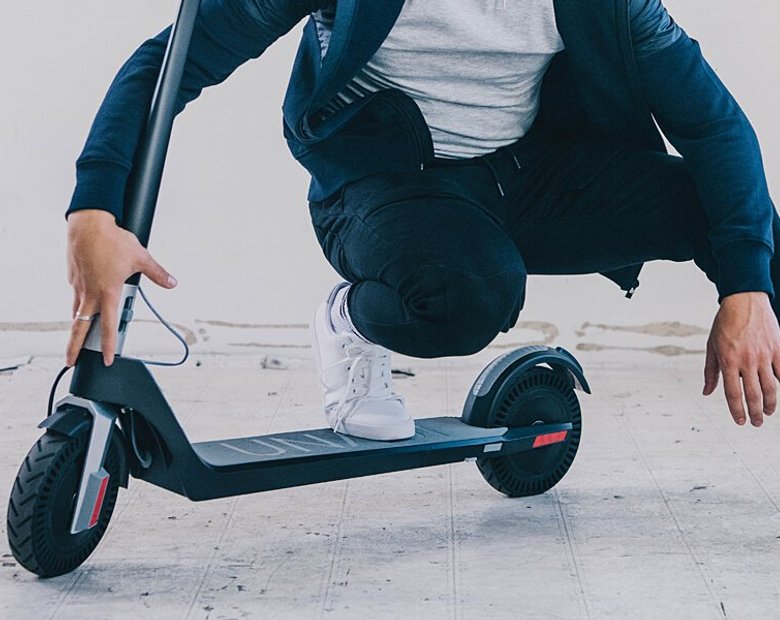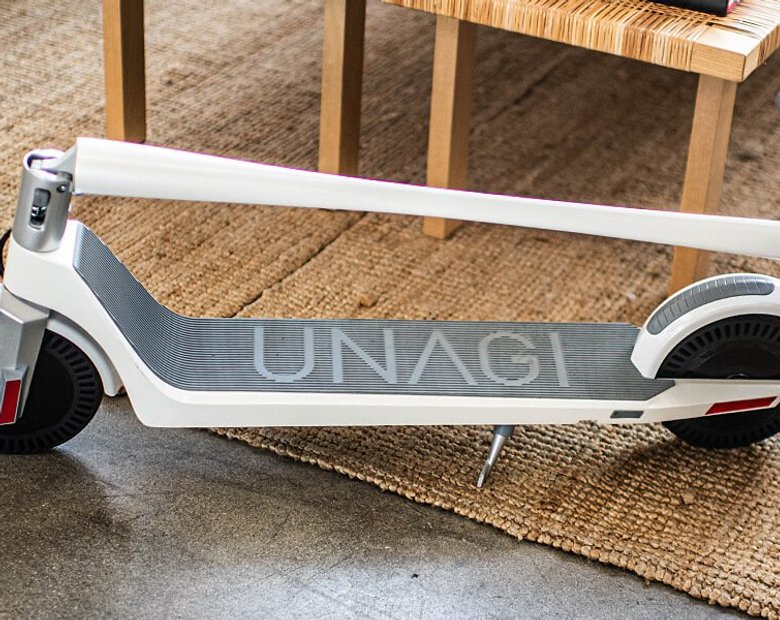Micromobility is the “future of urban transportation,” analysts write in an extensive report from Deloitte, and electric scooters lead the way: “Adoption rates during their short time on the market have been impressive, surpassing that seen by popular ride-hailing applications during their early days.” Commuter benefits company Edenred also sees electric scooters at the forefront of the “future of commuting.” Even reluctant skeptics have come around. “Unfortunately,” writes Robinson Meyer at The Atlantic, “the electric scooters are fantastic.”
Most of the praise and predictions over the past few years have come from analyses of scooter sharing services, which have “stormed from city to city since their commercial launches,” Deloitte writes. Scooter shares have proven their value to commuters who need to close a transit gap. “That people have taken so readily to scooters,” Umair Irfan writes at Vox, “shows just how much latent demand there is for a quick and cheap way to get around cities.” (Irfan also points to the many problems of the share model—including city parks and sidewalks cluttered with discarded scooters.)

Demand has only risen since the initial waves of scooter share love/hate, driven not only by rising transportation costs and rising urban populations, but also by the need to social distance during the pandemic. The sharing business model “drastically lowered the barrier to entry for scooter riders, allowing scooter skeptics to cheaply satiate their curiosity, turning some into loyal riders.” Of those who do become committed scooter riders, most will end up buying their own scooter. For a true convert like Meyer, owning a reliable, high-performance scooter like the Unagi Model One might be a must:
electric scooters are a novel mode of transportation. They unite many of the best elements of traveling by car, bike, and foot. Like cars, they have an engine, so you can get to work without getting sweaty. Like bikes, there isn’t really road congestion, so you can travel faster than most cars can. And like walking, they let you spend your commute outside.
For people like me—office workers who commute within the city they live—it’s the fastest, least-sweaty option available…. You can understand why the scooters feel so vital, then. A scooter reliably travels one mile in eight minutes. You can ride it door-to-door, and you don’t have to find a place to park it. Riding one feels like a superpower.
In addition to Meyer’s list of benefits, traveling by scooter may now be one of the safest, and most environmentally friendly ways to get around.
Staying Safe and Socially Distanced

The dangers of COVID transmission have given commuters plenty more to worry about on their way to work. While millions of people still depend on public transportation, ridership in major cities has dropped dramatically. Studies show the risks may be lower than riders think but staying safe still depends on everyone adhering to social distancing and mask regulations, something commuters can’t really control on a subway car or bus. Scooter riders, on the other hand, can easily stay six feet apart from their neighbors as they commute to work, as increasing numbers of first-time riders have discovered during the initial lockdowns.
Get Out of the Gridlock

Electric scooters offer not only one of the best ways to social distance during the pandemic, but also one of the best ways to avoid the hassles of sitting in traffic and driving around looking for parking. Of course, it isn’t only drivers who have to contend with gridlock. As every subway rider knows all too well, accidents, construction, and other unexpected delays can turn a short commute into an agonizing ordeal.
Long, sedentary commutes have been shown to cause chronic stress that contributes to a host of illnesses, including heart disease and depression. They waste time much better spent with the people and activities we love. While riding shared scooters is a great way to get to started, owning a scooter is the only way to guarantee you’ll always have transportation when you need it. For short commutes and trips around town, an electric scooter means hardly ever having to sit through the pain of traffic jams. A “superpower,” indeed.
Energy Efficient, Environmentally Friendly

Concerns over greenhouse gas emissions have significantly driven the adoption of vehicles like electric bikes and scooters. Those concerns are not only valid, they are essential to slowing climate change and creating smart, sustainable cities free of unlivable gridlock and pollution.
Transportation experts agree that electric scooters are leaders in this respect as well, but the share model has left a much larger carbon footprint than commuters might expect due to the waste of broken scooters and the emissions of vehicles that pick up, repair, and recharge rentals. Commuters who own their own electric scooters, however, leave little carbon trace behind them on their ride.
Versatility: Hybrid Commuting

Not everyone lives a short enough distance away from work to ride a scooter door-to-door, and public transportation still serves an important function in major cities worldwide and will continue to do so in the future. Lightweight, folding electric scooters like the premium Unagi Model One, however, give commuters choices they never had before—like the ability to take public transportation in the first place. As an “ultimate last mile” solution, scooters enable riders to access subway stations out of walking distance and make driving unnecessary.
While it’s true that scooters aren’t suitable for every kind of weather, they can, unlike most bikes, be easily stowed under a seat or in a trunk in the event of an unexpected downpour or snowstorm. Electric scooters are the future of the commuting not because they will replace every other way of getting around, but because they make new kinds of connections possible, leading to fewer cars on the road and more healthy, sustainable, alternative commuting options than ever.











